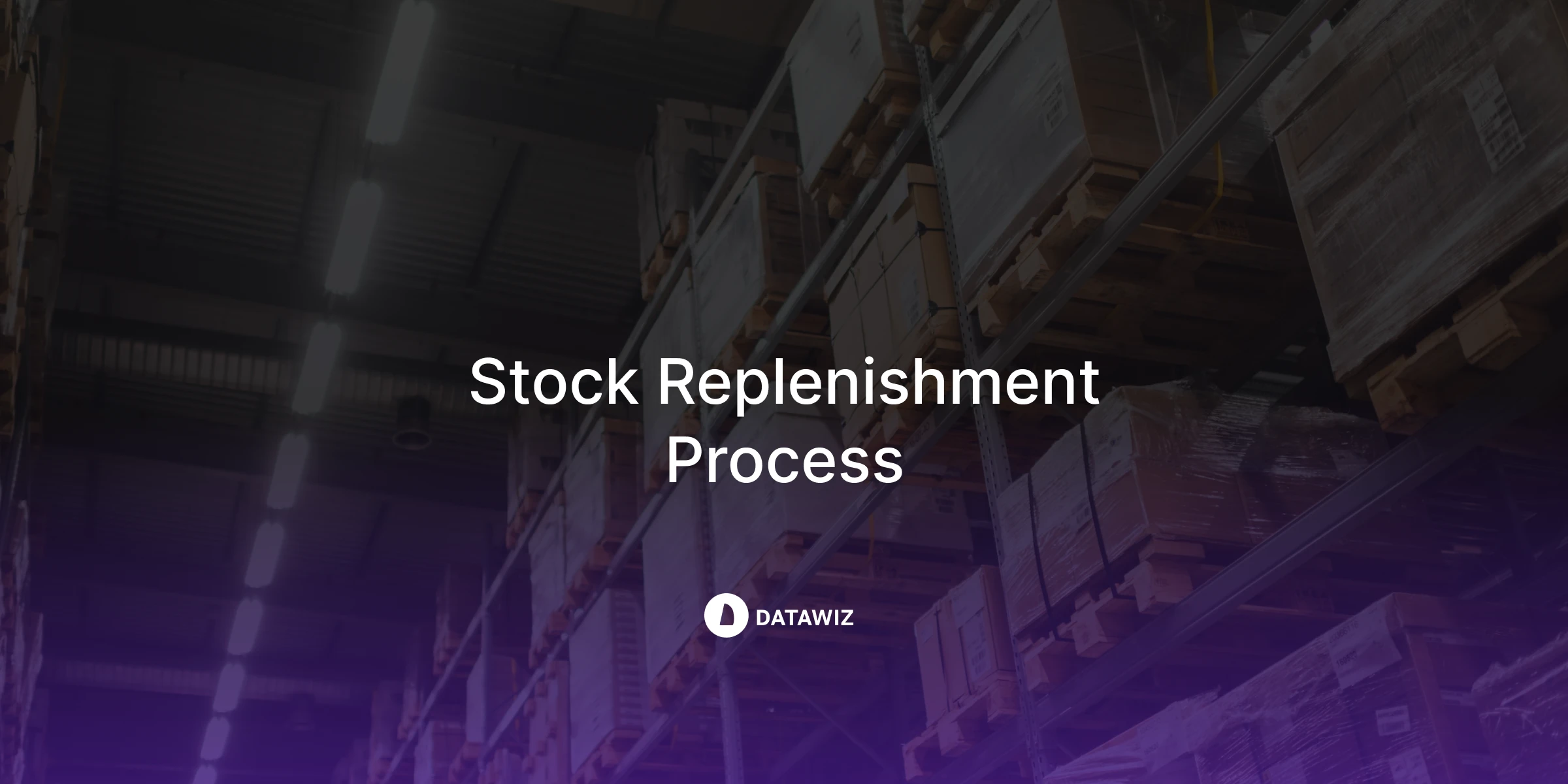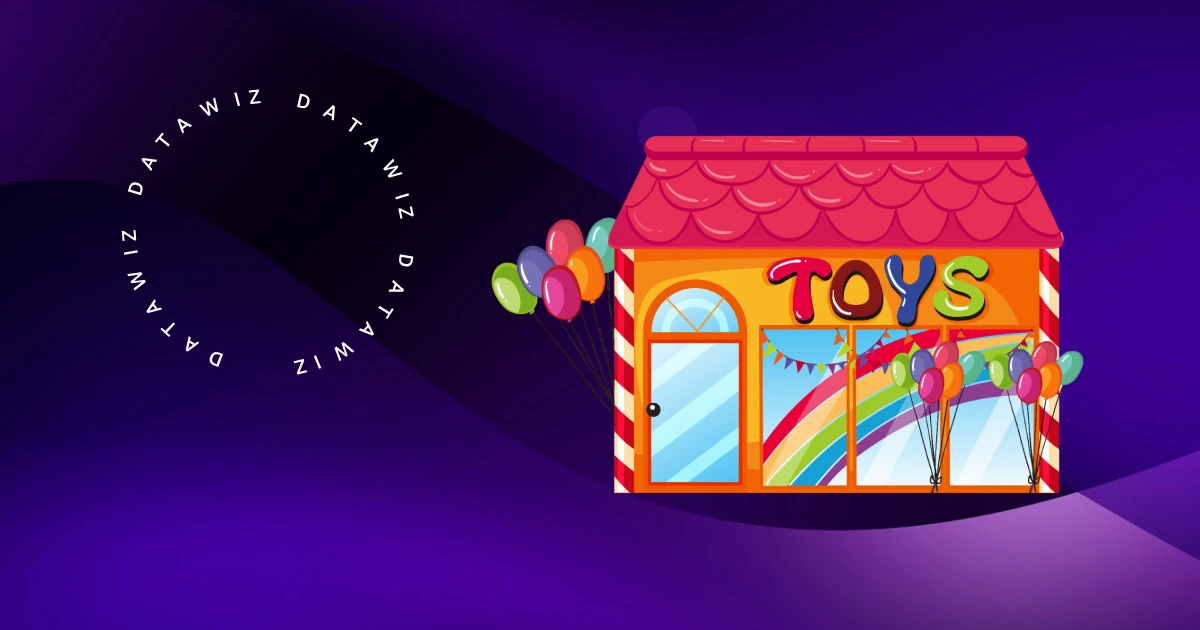Every business has its own goals and metrics for success - the very figures that seem to be the main guidelines in daily decisions. But in offline retail, things are not so simple: sometimes one indicator looks great on paper, but in reality does not reflect what is happening on the sales floor. Does an increase in the average check really mean more profit? And is a drop in traffic an alarm bell or just seasonality? In this article, we will analyze 10 key retail metrics for offline retail, explain why they are worth paying attention to, and how not to fall into the trap of “good” numbers. By the way, the importance of each indicator changes with the scale of the business: what is critical for one store may take a back seat when you already have a chain of five or ten outlets.
What are key retail metrics?
Key retail metrics are measurable indicators that help you understand how effectively your store is performing and whether it is moving toward its business goals. They transform daily routines-sales, inventory, customer interactions-into concrete figures that can be used to make decisions.
In retail, these indicators can be different. Some of them relate to inventory: how quickly goods are turning over, how much is “stuck” on the shelves, whether there is enough stock of popular items. Others are related to visits: how attractive your storefront is, whether it is convenient for customers to move between shelves, whether you are losing customers due to the lack of the right product at the time of purchase.
A separate set of indicators relates to sales: average check, visitor-to-buyer conversion, revenue per square meter. And, of course, don't forget about loyalty programs - they provide valuable signals about how often customers return, how satisfied they are with the service, and whether your promotions are really working.
Retail KPIs show:
- how effectively a store or chain is performing;
- where the business is losing potential profit;
- which products, actions, or marketing activities are delivering real results;
- how buyer behavior is changing;
- and most importantly, where to direct resources in order to grow intelligently, rather than chaotically.
10 kpis for offline retail
In retail, you can measure almost everything-from the number of people passing by a storefront to the sales rate of a specific SKU. But among the hundreds of possible indicators, there are those that truly shape the picture of a store's effectiveness. Below are 10 key metrics that are essential for making informed decisions. There aren't many of them, but if you track these specific indicators over time, you can see your store's strengths and weaknesses.
1. GMROI (Gross Margin Return on Investment)
Meaning: shows how much profit (gross income) each dollar invested in inventory brings.
GMROI = Gross Margin / Average Cost of Inventory
Why it matters: helps evaluate the effectiveness of the product range. If GMROI is low, some products may be taking up space but not generating profit. This is a key metric for category managers.
Misleading: the indicator may look good thanks to a few marginal items, but overall the product range may be unprofitable.
Recommendation: analyze GMROI together with inventory turnover and sales per square meter.
2. Basket Size (number of items in a shopping cart/number of items on a receipt)
Meaning: the average number of items purchased by one customer per purchase.
Basket Size = Total number of units sold / Number of transactions
Why it matters: shows how effective cross-selling, product placement, and staff are. If customers buy more, the profitability of each visit increases.
Misleading: an increase in basket size does not always mean higher profits - customers may simply be buying cheaper items.
Recommendation: look at both the average transaction value and the margin.
3. Foot traffic
Meaning: the number of people who physically visited the store.
Foot Traffic = Number of unique visitors during a period
Why it matters: the basis for analyzing conversion and evaluating the effectiveness of store location, window displays, and outdoor advertising.
Misleading: high traffic is not always a good sign if visitors do not become buyers.
Recommendation: combine with Conversion Rate.
4. Conversion Rate
Meaning: the percentage of visitors who purchased something.
Conversion Rate = (Number of purchases / Number of visitors) × 100%
Why it matters: it shows how well the store “convinces” customers to buy. It is also an indicator of service, convenience of space, and relevance of the product range.
Misleading: the indicator is influenced by weather conditions, seasonality, or even nearby events (e.g., the opening of competitors).
Recommendation: compare the dynamics with previous periods and always consider conversion together with traffic and average check.
5. Sales per Square Meter
Meaning: how much revenue one square meter of retail space generates.
Sales/m² = Total sales / Sales floor area
Why it matters: it helps you understand whether the space is being used effectively. If a certain area generates fewer sales, it may be worth redesigning it.
Misleading: does not take into account the part of the space used for storage or checkout areas.
Recommendation: combine with SKU performance to see where real sales are happening.
6. Inventory Turnover
Meaning: how many times the product range is completely renewed during a certain period.
Inventory Turnover = Cost of Goods Sold / Average Inventory Balance
Why it matters: shows how quickly the product “works.” Too low turnover means frozen money, too high turnover means the risk of empty shelves.
Misleading: seasonal fluctuations can temporarily change the indicator.
Recommendation: look at the dynamics by quarter and supplement GMROI to find the optimal inventory balance.
7. Shrinkage (loss of goods)
Meaning: the proportion of goods lost due to theft, damage, or accounting errors.
Shrinkage = (Accounting inventory – Actual inventory) / Accounting inventory × 100%
Why it matters: even a few percent of shrinkage can destroy profits. Losses are not only a financial problem but also a management problem.
Misleading: Some losses may be disguised as “write-offs” or “returns to supplier.”
Recommendation: Analyze losses by product category and compare them with GMROI to identify the areas of greatest risk.
8. Out-of-Stock Rate
Meaning: the percentage of items that are not on the shelves when a customer wants to buy them.
OOS Rate = (Number of out-of-stock SKUs / Total number of SKUs) × 100%
Why it matters: Out-of-stock items are one of the most common reasons for lost sales and customer loyalty.
Misleading: Short-term out-of-stocks can be normal with high turnover.
Recommendation: Combine this metric with Inventory Turnover and Foot Traffic to find the balance between inventory and demand.
9. Loyalty Program Engagement
Meaning: Shows how actively customers use your loyalty program.
Engagement Rate = (Active Participants / Total Number of Participants) × 100%
Why it matters: Loyalty programs are a source of repeat sales. High engagement means that your offers are really working.
Misleading: Activity may be seasonal or stimulated by promotions that do not generate profit.
Recommendation: also track the frequency of purchases and the average check of program participants separately from regular customers.
10. Promotion Uplift
Meaning: shows how much a promotion actually increased sales compared to a normal period.
Promotion Uplift = (Sales during the promotion – Sales without the promotion) / Sales without the promotion × 100%
Why it matters: it allows you to understand whether promotions bring additional volume or just “pull” sales from future weeks.
Misleading: the indicator may be overstated if the promotion coincided with the peak season.
Recommendation: use visualization of dynamics (for example, a graph of sales before/after the promotion) and add margin analysis during promotions.
How to decide which retail metrics are important for your business?
There is no universal set of metrics in retail. What is critical for one company may be almost irrelevant for another. It all depends on the scale of the business and the type of store.
For a single store or small chain where the owner sees customers and inventory on a daily basis, the most important metrics are those that provide quick feedback:
- Traffic, conversion, and average check - to understand how the sales floor and staff are performing;
- Inventory turnover and OOS rate - to avoid losing money due to empty shelves or excess inventory;
- Promotion Uplift - to help assess whether promotions actually stimulate sales and don't just reduce margins.
For a large chain with dozens of locations, the focus shifts. Here, it is important not only to sell, but also to manage profitability and space efficiency on a large scale.
The focus is on GMROI, Sales per Square Meter, Shrinkage, and Retention Rate.
The goal is to see which stores exceed average performance and which are “falling behind,” and why.
This data is often compiled into dashboards with KPIs for the chain, where you can see not only the numbers, but also trends by region, category, or format.
Similarly, the type of business dictates its own set of priorities:
- Gas stations-speed of service, average check, and margin on related products are important.
- Grocery stores: inventory turnover, shrinkage, and out-of-stock rates are critical.
- Toy stores: seasonality and promotion effectiveness: whether it is possible to stretch the sales “peak” over time.
- Tech stores: key metrics: GMROI, conversion, and customer engagement in service programs.
The main point is to avoid attempting to control everything at once. Select 3–5 indicators that truly influence your format's profitability and work with them regularly. As your business grows, your metrics should evolve accordingly.
How has technology simplified the collection and analysis of indicators?
Just a few years ago, most retail managers spent hours compiling reports in Excel, manually calculating sales, and monitoring inventory. Today, retail analytics has become much simpler thanks to automated data collection and systems that integrate everything into a single source of truth.
Modern POS systems, traffic counting cameras, and accounting platforms can already automatically calculate most key metrics, from inventory turnover to GMROI. Data from all stores is pulled in real time, and managers see not just numbers on the screen, but visual dashboards: where conversion is falling, where shrinkage is growing, and which promotions are actually working.
Another level of convenience is AI assistants. Now you don't have to search for metrics manually, just ask:
or
“Why has the average check decreased at the central point?”
An assistant, similar to Wizora, will instantly generate a report, explain the dynamics, and even suggest possible reasons. This not only saves time, but also allows managers to focus on decisions rather than data collection.
Technology does not replace a manager's intuition, but it does make it more accurate - because now every decision is backed up by specific figures, visualizations, and context.
 Co nowego?
Co nowego?




 Nie potrzebna karta bankowa!
Nie potrzebna karta bankowa!